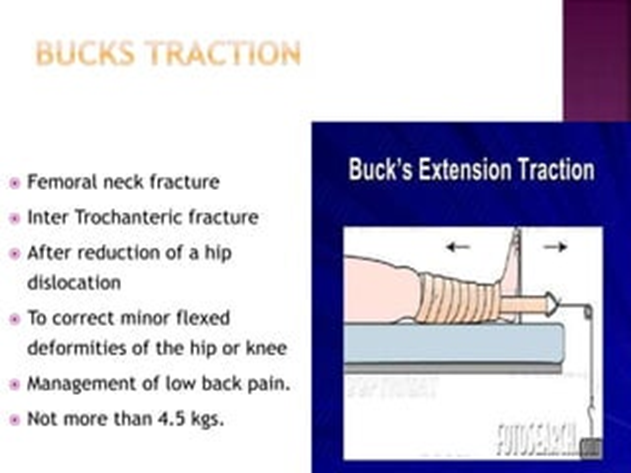A nurse caring for a client who has a chest tube to water-seal drainage plans to straighten the client’s bed linens, rub her back, and assist her to reposition in bed. For which of the following purposes should the nurse perform these actions for this client?
To help the nurse validate the client’s reports of pain
To increase positive pressure in the chest
To assist the client with ADLS
To modify the client’s perception of pain
The Correct Answer is C
A. To help the nurse validate the client’s reports of pain
This option suggests that the nurse's actions (straightening bed linens, rubbing the back, assisting with repositioning) are intended to assess or confirm the client's reports of pain. However, these actions are more aligned with providing comfort and assistance with activities of daily living rather than specifically assessing pain. If the client reports pain related to the chest tube, a more focused assessment and intervention would be needed.
B. To increase positive pressure in the chest
This option implies that the nurse's actions could somehow influence the positive pressure in the client's chest, which is not accurate. Positive pressure in the chest is usually related to mechanical ventilation or specific medical interventions. The described actions are more related to comfort and assistance with daily activities.
C. To assist the client with ADLs (Activities of Daily Living)
This is the most appropriate choice. The nurse's actions, such as straightening bed linens, rubbing the back, and assisting with repositioning, align with providing support for the client's daily activities and overall well-being.
D. To modify the client’s perception of pain
This option suggests that the nurse's actions are aimed at altering the client's perception of pain. While comfort measures can contribute to pain management, these specific actions are not typically used to modify perception. If pain is a concern, more direct pain management strategies and assessments would be appropriate.
Nursing Test Bank
Naxlex Comprehensive Predictor Exams
Related Questions
Correct Answer is B
Explanation
A. Ensure the rope knots are away from the pulleys.
While ensuring that rope knots are away from the pulleys is a general principle in traction care to maintain proper functioning, it is not directly related to the specific positioning of the child's feet in Buck's traction.
B. Ensure the child’s feet are against the footboard.
This statement is correct. Ensuring that the child's feet are against the footboard helps maintain proper hip alignment and prevent complications such as contractures. It is an important aspect of care when managing Legg-Calve-Perthes disease in Buck's traction.
C. Apply antibiotic ointment to the pin sites daily.
This action is not applicable to Buck's traction. Buck's traction involves the use of a boot or splint, and it does not include pins or pin sites. The use of antibiotic ointment for pin sites is more relevant in the context of skeletal traction.
D. Reduce the child’s fluid intake.
There is no indication to reduce the child's fluid intake specifically in the context of Buck's traction. Adequate hydration is generally important for overall health, and fluid restriction is not a standard practice for managing Legg-Calve-Perthes disease in Buck's traction.

Correct Answer is B
Explanation
A. Reduction of the fracture:
Buck's traction is not primarily intended for the reduction (realignment) of the fractured bones. While it may help maintain proper alignment, the primary goal is to provide temporary immobilization and relieve muscle spasms until more definitive treatment, such as surgery, can be performed.
B. Relief from muscle spasms:
This is the correct answer. Buck's traction is commonly used to alleviate muscle spasms associated with hip fractures. The traction force helps to relax the muscles, reduce pain, and maintain the alignment of the fractured bones.
C. Alignment of the pins:
Buck's traction does not involve the insertion of pins into the bone. It uses a boot attached to the leg, and the traction force is applied externally to the limb to achieve the desired therapeutic effects.
D. Support for moving the extremity:
Buck's traction is not intended to support active movement of the extremity. Instead, it provides temporary immobilization to prevent further injury and facilitate the healing process before more definitive interventions, such as surgery, are undertaken.

Whether you are a student looking to ace your exams or a practicing nurse seeking to enhance your expertise , our nursing education contents will empower you with the confidence and competence to make a difference in the lives of patients and become a respected leader in the healthcare field.
Visit Naxlex, invest in your future and unlock endless possibilities with our unparalleled nursing education contents today
Report Wrong Answer on the Current Question
Do you disagree with the answer? If yes, what is your expected answer? Explain.
Kindly be descriptive with the issue you are facing.
